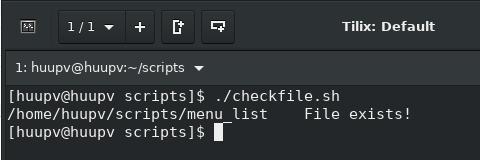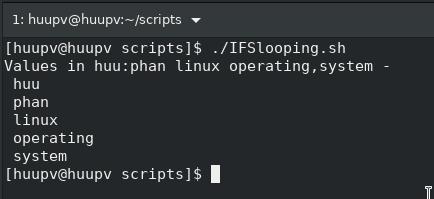zimbra Qualys A+
How to zimbra A+ in the Qualys SSL Labs Security Test. To help system zimbra security hardening. Let's go labs. in my post,i use zimbra account ( su - zimbra) Zimbra without Proxy ( zimbra mailbox+zimbra ldap+zimbra MTA) Tune the cipher list ( you to check zimbraSSLExcludeCipherSuites before run command) zmprov mcf +zimbraSSLExcludeCipherSuites TLS_DHE_RSA_WITH_AES_128_CBC_SHA zmprov mcf +zimbraSSLExcludeCipherSuites TLS_DHE_RSA_WITH_AES_128_CBC_SHA256 zmprov mcf +zimbraSSLExcludeCipherSuites TLS_DHE_RSA_WITH_AES_128_GCM_SHA256 zmprov mcf +zimbraSSLExcludeCipherSuites SSL_DHE_DSS_EXPORT_WITH_DES40_CBC_SHA \ +zimbraSSLExcludeCipherSuites SSL_DHE_DSS_WITH_DES_CBC_SHA \ +zimbraSSLExcludeCipherSuites SSL_DHE_RSA_EXPORT_WITH_DES40_CBC_SHA \ +zimbraSSLExcludeCipherSuites SSL_DHE_RSA_WITH_3DES_EDE_CBC_SHA \ +zimbraSSLExcludeCipherSuites SSL_DHE_RSA_WITH_DES_CBC_SHA \ +zimbraSSLExcludeCipherSuites SSL_RSA_EXPORT_WITH_DES40_CBC_SHA \ +zimbraSSLExcludeCipherSuites SSL_RS





